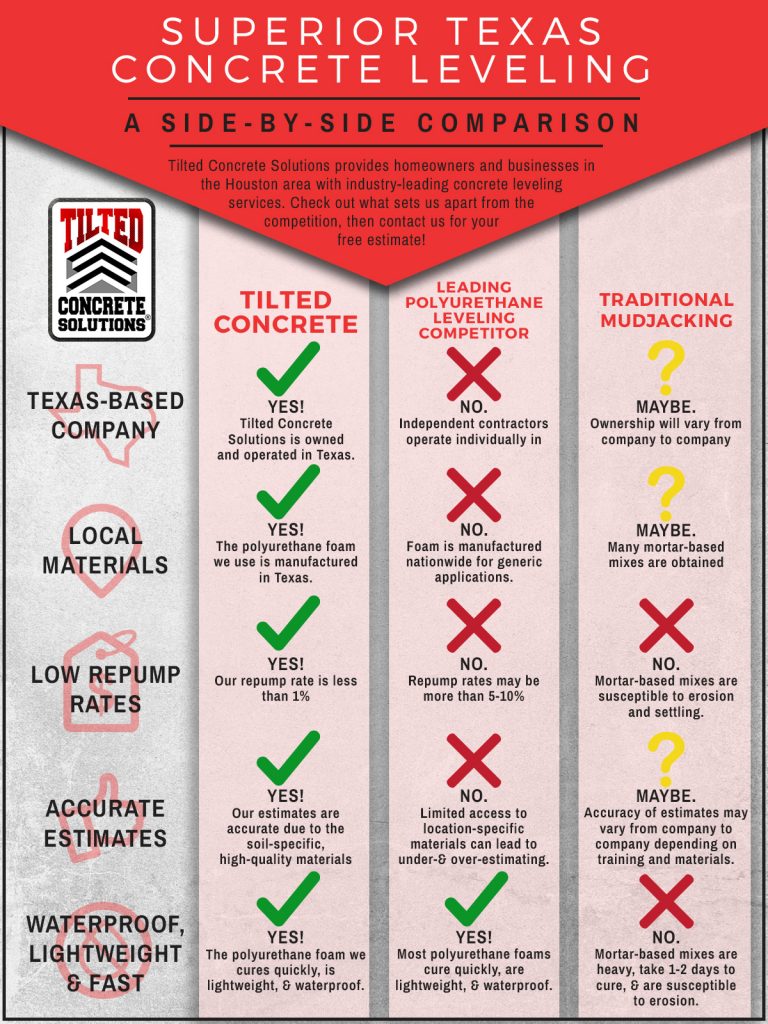Discover The Effect Of Weather Conditions On Your Outside Painting Project For A Flawless Surface
Discover The Effect Of Weather Conditions On Your Outside Painting Project For A Flawless Surface
Blog Article
Created By-Reilly Mohammad
Recognizing exactly how weather can influence the end result of an external paint undertaking is critical for accomplishing a remarkable surface. From temperature level fluctuations altering paint attachment to moisture degrees influencing drying times, each aspect of weather condition plays a considerable function in the success of your task. In addition, wind rate and precipitation can introduce unexpected challenges that might endanger the high quality of the outcome. As we browse with the nuances of weather's impact on exterior paint, it ends up being obvious that thorough preparation and critical timing are crucial for making certain an expert and resilient outcome.
Perfect Temperature Level Variety for Painting
When taking into consideration exterior painting projects, the perfect temperature range plays an important function in accomplishing optimum outcomes. Paint in the appropriate temperature level problems guarantees that the paint sticks effectively to the surface area, dries equally, and cures successfully. Typically, the suggested temperature level range for outside painting is in between 50 to 85 degrees Fahrenheit.
Painting in temperature levels listed below 50 levels Fahrenheit can bring about concerns such as poor paint attachment, long term drying out times, and an enhanced probability of fracturing or peeling.
On the other hand, painting in temperature levels above 85 levels Fahrenheit can trigger the paint to completely dry also swiftly, bring about blistering, bubbling, and an unequal finish.
To achieve the most effective outcomes, it is vital to inspect the weather forecast before beginning an external painting task. Preferably, purpose to paint during light climate condition with modest temperatures and reduced moisture degrees.
Effects of Moisture on Paint Drying
Humidity degrees considerably impact the drying process of paint applied to exterior surface areas. High moisture can lengthen the drying time of paint, resulting in possible problems such as dripping, spotting, or perhaps the formation of bubbles on the repainted surface area. Excess dampness in the air slows down the dissipation of water from the paint, hindering the treating process. This is specifically troublesome for water-based paints, as they count on dissipation for drying.
On the other hand, low humidity degrees can likewise impact paint drying. Extremely completely dry conditions might create the paint to dry also rapidly, leading to poor adhesion and a harsh finish. In such instances, including a paint conditioner or spraying a great mist of water airborne can help manage humidity levels and improve the painting result.
To ensure optimum drying out conditions, it is recommended to paint when the humidity levels range between 40% and 50%.
Surveillance humidity levels and taking ideal procedures can aid accomplish a smooth and resilient paint coating on outside surfaces.
Wind and Precipitation Considerations
Wind speed and rainfall are vital elements that significantly influence the success of an external paint project.
When it pertains to wind, both speed and instructions are necessary considerations. High wind rates can cause paint to completely dry as well rapidly, resulting in a substandard completed with possible concerns like cracking or unequal texture. Furthermore, wind can lug particles that might stick to the wet paint, leading to imperfections. For that reason, painters should aim to work with days with light to moderate winds for ideal painting problems.
On the other hand, rainfall, whether rainfall or snow, can be incredibly destructive to the end result of an exterior paint task. https://www.livingetc.com/advice/paint-your-home-happy-by-kelly-wearstler from rainfall can prevent paint adhesion, triggering peeling and bubbling over time. It is crucial to avoid painting throughout rainy or snowy weather to ensure the long life and top quality of the paint task. commercial kitchen paint need to likewise allow enough time for the surface area to dry extensively after any type of precipitation prior to commencing or returning to the paint process.
Final thought
In conclusion, climate condition play a substantial function in the result of an outside painting job. The optimal temperature level range, moisture levels, wind speed, and rainfall all contribute to the success or failing of the paint work.
It is vital to take into consideration these elements and plan accordingly to guarantee appropriate paint adhesion, drying times, and overall top quality of the finished item.
